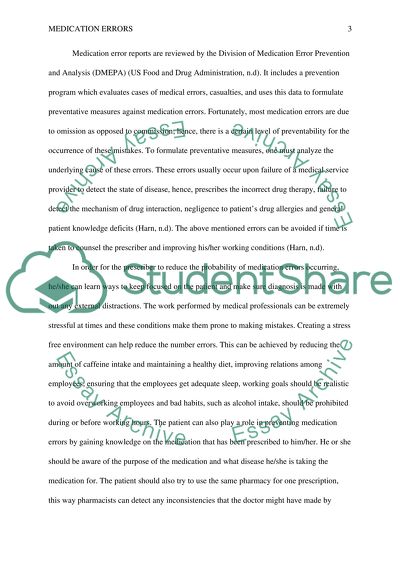MEDICATION ERRORS Essay Example | Topics and Well Written Essays - 750 words. Retrieved from https://studentshare.org/nursing/1469805-medication-errors
MEDICATION ERRORS Essay Example | Topics and Well Written Essays - 750 Words. https://studentshare.org/nursing/1469805-medication-errors.


